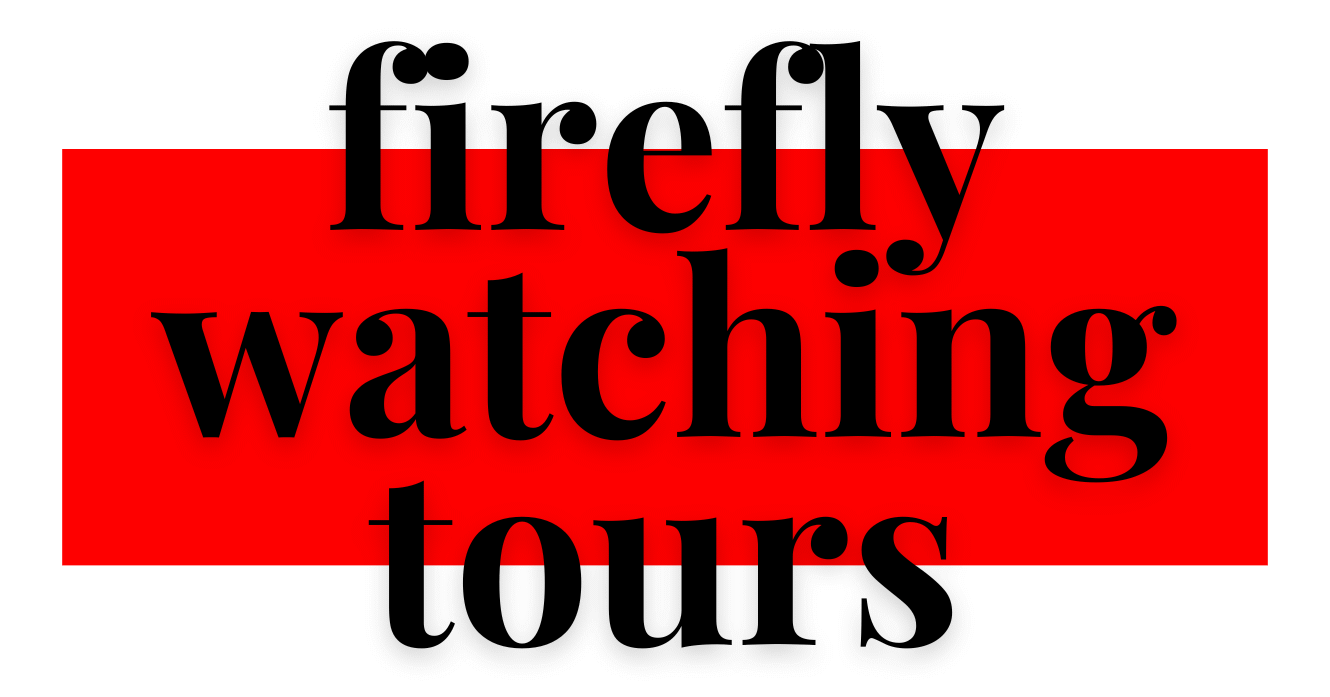When you join us for an evening in the rice fields, you see the beautiful final chapter of a firefly’s story. But have you ever wondered about the chapters that come before? Where do these magical creatures come from, and what is their life really like?
As a local family that has lived alongside these creatures for generations, we love sharing their entire incredible journey. Understanding their life cycle makes watching their nightly dance even more special.
Stage 1: The Egg – A Tiny Spark of Life
Everything begins with a tiny, almost invisible egg. A female firefly will lay her clutch of eggs in a safe, damp place—often in the soft soil, under moss near the water, or among the roots of the rice plants. These eggs are precious, holding the promise of the next generation of light. Sometimes, even these tiny eggs can give off a very faint, beautiful glow.
Stage 2: The Larva – The Famous “Glow Worm”
This is the longest and, in many ways, most important part of a firefly’s life. When the egg hatches, it becomes a larva, which many people know as a “glow worm.”
For up to two years, this little creature lives on the ground, and it’s a fantastic helper for our farmers! It is a small predator, eating the snails, slugs, and other small insects that could harm our rice plants. During this stage, they also glow. But unlike the flashing adults, their glow is a slow, constant light used as a warning sign to predators, telling them, “I don’t taste very good!”
Stage 3: The Pupa – The Quiet Transformation
After its long life as a larva, the firefly enters a resting stage called the pupa. It’s similar to how a caterpillar rests in a chrysalis before becoming a butterfly. For a few weeks, the firefly stays hidden and still, often just beneath the ground, as it magically transforms into the winged adult we all love to see.
Stage 4: The Adult Firefly – A Short and Beautiful Dance
This is the final, beautiful chapter. The adult firefly emerges with wings and one main purpose: to find a partner and continue the cycle. This is why fireflies glow in the beautiful, flashing patterns you see on our tour. The males are the ones you see fluttering and flashing through the air, while the females often rest on blades of grass, flashing back in reply.
This adult stage is very short and precious, often lasting only two to three weeks. They spend this time focused entirely on their light show, ensuring the next generation of fireflies will one day light up our rice fields.
Why This Matters for Our Village
A healthy firefly population is a sign of a healthy ecosystem. Seeing them thrive through all four stages means our soil is clean, our water is pure, and our farming practices are in harmony with nature. When you join our firefly tour, you are supporting the community that works to protect this delicate balance. It’s a core part of our family’s philosophy.
More About the Firefly’s Life
How long do fireflies live in total?
The entire life cycle of a firefly can last up to two years, but they spend most of that time as a larva (a glow worm) on the ground. The beautiful flying adult you see only lives for a few weeks.
What do adult fireflies eat?
This is a surprising fact! Some species of adult fireflies don’t eat at all. Their only purpose is to reproduce. Other species might sip on nectar or pollen.
Can you keep a firefly in a jar?
It’s best not to. Because their adult life is so short and focused on finding a mate, keeping them in a jar prevents them from continuing their life cycle. On our tours, we sometimes gently catch one in a jar for a moment to let our guests see it up close, and then we always release it right away to let it fly free.
Ready to witness the final, beautiful chapter of the firefly’s story?
